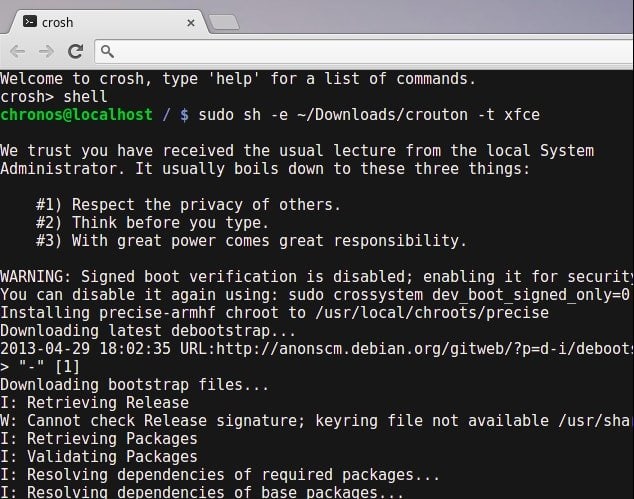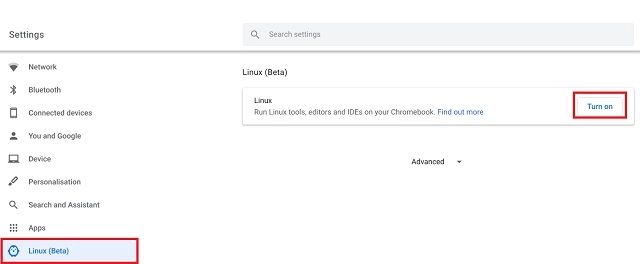
Fire up the “Settings” system app to get started. For now, though, follow the steps to learn how to toggle on Linux on a modern-day Chromebook.ġ. If you do not have a Linux-compatible Chromebook, take things into your own hands and learn how to set up Linux manually. Therefore, we have to nudge you toward those Chromebooks that run Android and Linux apps to confirm the suspicion. If you haven’t used the functionality on your particular device before, it might not be supported in the first place. Before we start, it bears noticing that not all Chromebooks made before 2018 are supported with the Linux feature right out the gate. The first step to help us get to the bottom of the procedure is installing the Linux container on your Chromebook. In the meantime, consider checking out a similarly styled guide called “ How to enable mic for Linux apps on Chromebook. Follow the forthcoming guidelines, and you’ll be all good to go. To help you grasp the matter more proficiently, we’ll break these instructions down into a three-step tutorial. You can see your USB drive in Linux on ChromeOS effortlessly. After this step, you’ll flip a particular switch in your “Files” system app, and that’ll just be it. Once you’ve done that, you’ll plug in the USB drive you wish Linux to see on your Chromebook. You must get to the “Developers” section of your “Settings” and install the container from there. That is to say, Linux doesn’t come pre-installed on ChromeOS. Make Linux on Chromebook detect the USB driveįor the Linux container on your Chromebook to be able to recognize USB drives and allow you to work with the inclusive files, the feature needs to be turned on first. More from Chrome Ready: How to set up and configure Linux on a Chromebook.With no further ado, let’s dive into the guide and talk about USB detection in a Linux environment. It’s definitely how Linux is a flexible operating system that can be navigated and altered at will.


That said if we’ve learned anything from the top 20 Linux commands to use on your Chromebook.

After all, this highly dependable platform we’re talking about takes no chances in compromising security.

Due to an enhanced layer of protection, the famous sub-operating system working within Chromebooks negates the thought of a USB drive. One of the top reasons to run Linux on ChromeOS resides with security.


 0 kommentar(er)
0 kommentar(er)
